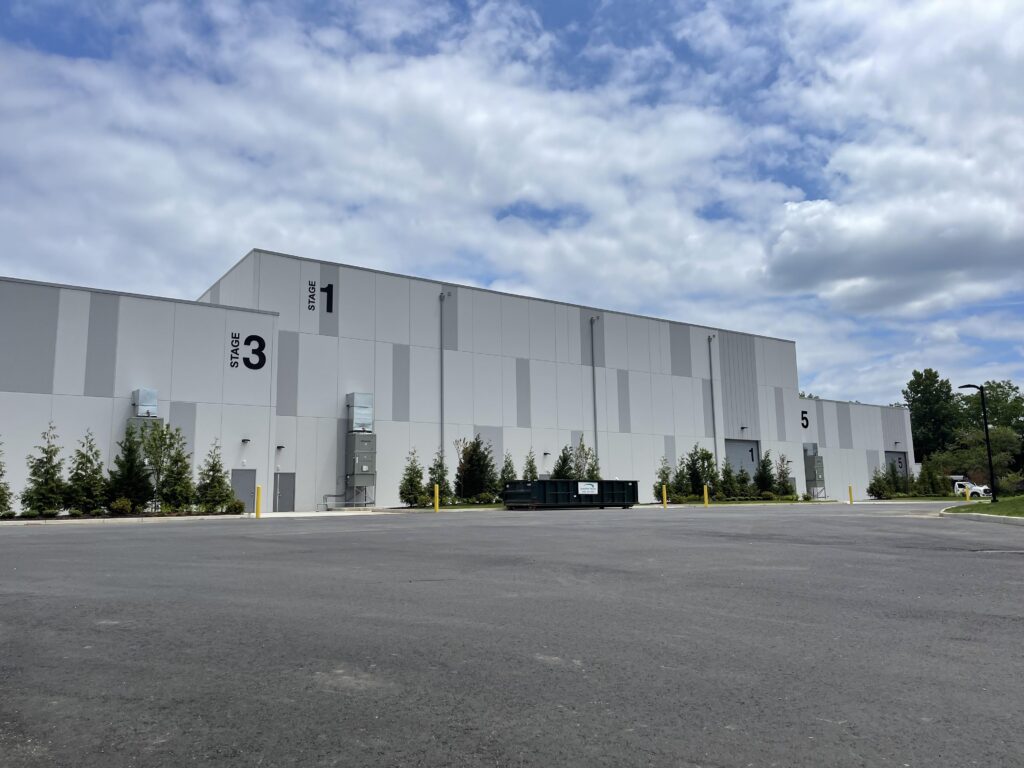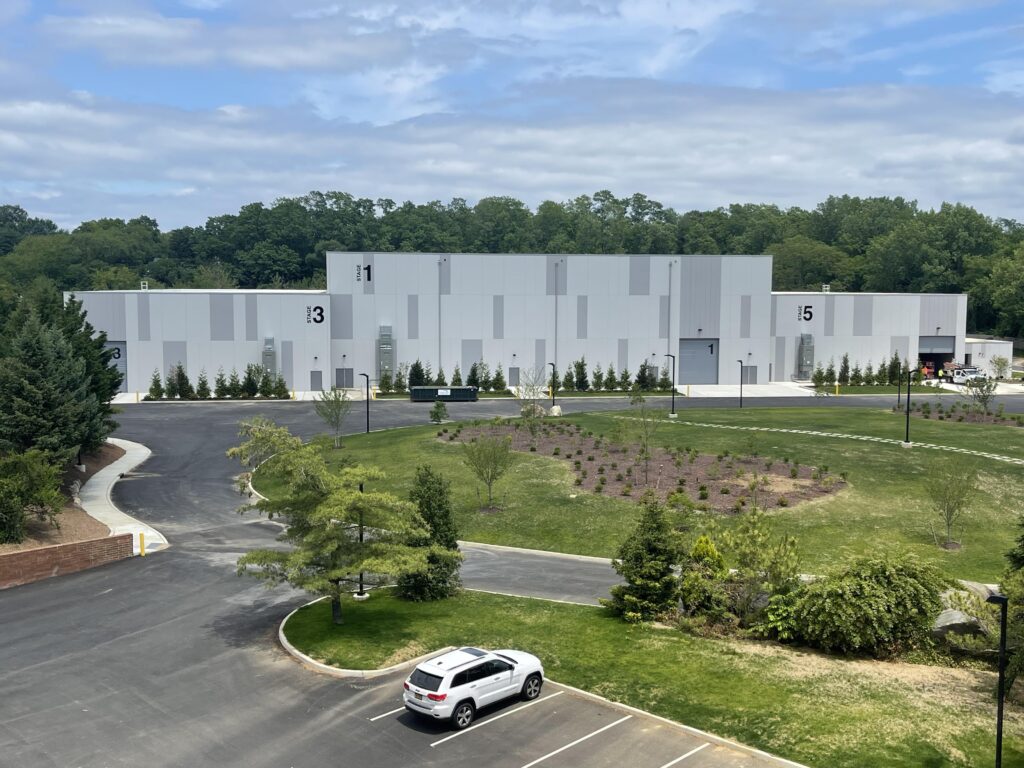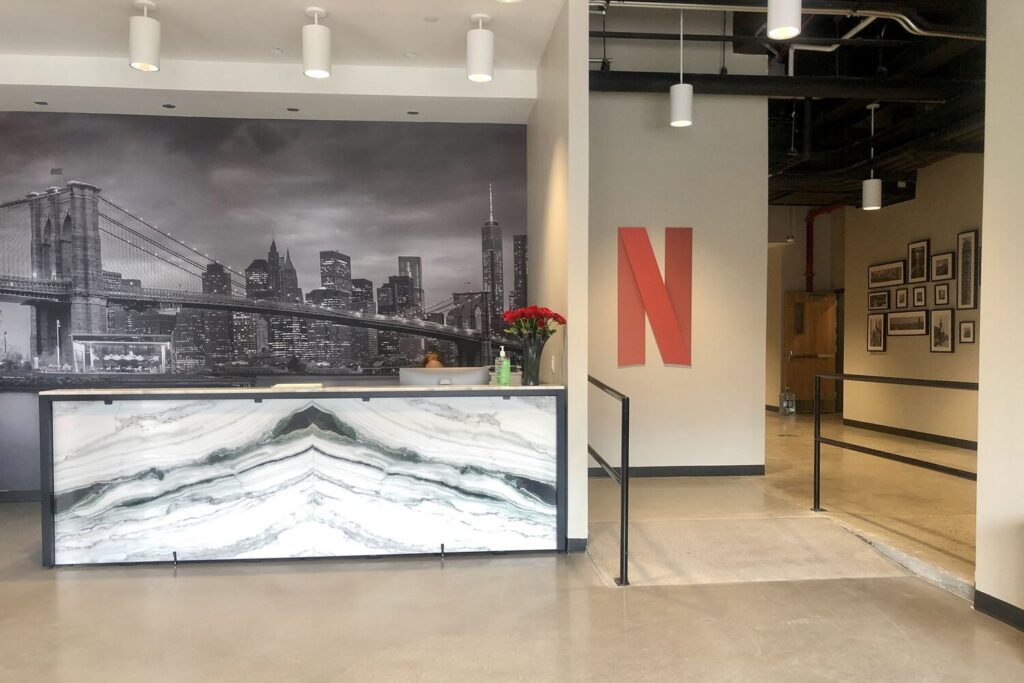MEP Design for Film Studios: Building Creative Spaces
Film Studio Market: A Booming Industry
The film studio industry is experiencing rapid growth, fueled by demand for content from streaming services, major films, and independent productions. With the global market expected to exceed $7 billion by 2030, developers are investing heavily in soundstages and production facilities. These assets drive economic benefits, including job creation, tourism, and local business growth, often supported by tax incentives and grants in various regions. To meet the complex demands of filmmaking, film studios require advanced mechanical, electrical, and plumbing (MEP) systems that provide operational efficiency, creative flexibility, and regulatory compliance, enabling productions to deliver high-quality content on time and within budget.
HVAC Systems: Ensuring Silence and Comfort
Film studios require HVAC systems that maintain silence and comfort to support flawless audio recording and crew productivity. Large ducts and low-velocity fans keep noise levels below 25 NC, ensuring dialogue and sound effects are captured without interference. Intense lighting generates significant heat, necessitating robust cooling systems with redundant air units that activate automatically during equipment failures. Steady humidity control protects sensitive cameras and props from damage, particularly in diverse climates. These assets require HVAC designs tailored to their specific environmental and operational needs, ensuring consistent performance across small soundstages or large studio complexes.
Electrical Systems: Powering Production Demands
Electrical systems form the core of film studio operations, supporting high-energy equipment like lights, cameras, and special effects that can consume over 2 MW per soundstage. Clean power delivery prevents static or interference in audio and video recordings, while flexible outlet configurations allow rapid setup for lighting grids or green screens. Scalable power grids with backup generators guarantee uninterrupted production, avoiding costly delays from blackouts. Energy-efficient designs align with green incentives available in many markets, reducing operational costs. These assets require electrical systems that balance high capacity with adaptability to accommodate varying production scales in any region.
Plumbing Systems: Supporting Special Effects
Plumbing in film studios extends beyond basic utilities to enable cinematic effects like rain, fog, or water features. Durable piping and quick-connect fittings facilitate fast scene changes, while water-recycling systems minimize usage and align with sustainability incentives. High-capacity drains with backflow prevention keep stages clean and dry after water-intensive scenes, allowing for compliance with local regulations. These assets require plumbing systems that operate discreetly, support creative needs and maintaining efficiency and environmental responsibility, whether for a single set or a multi-stage facility.
Fire Safety: Protecting Studios and Crews
Fire safety is paramount in film studios, where pyrotechnics and fog effects are common. Addressable fire alarm systems and sprinklers must avoid false triggers while providing reliable protection for sets and personnel. Integration with HVAC, electrical, and plumbing systems ensures cohesive operation, with designs adhering to regional safety codes. These assets require fire protection systems that safeguard valuable equipment and ensure crew safety without disrupting production, balancing technical precision with operational demands.
Expert MEP Design: Critical for Studio Success
The film studio market’s growth presents significant opportunities for developers and stakeholders, but success hinges on facilities that seamlessly blend creativity and functionality. These assets require expertly designed MEP systems to handle the unique challenges of film production, from silent soundstages to high-power lighting and complex effects. Engaging professional engineers who understand the intricacies of studio operations ensures designs meet stakeholder needs, comply with regulations, and leverage economic incentives. For developers and clients who plan to build or upgrade film studios, partnering with MEP specialists is essential to create production-ready spaces that thrive in the marketplace.



